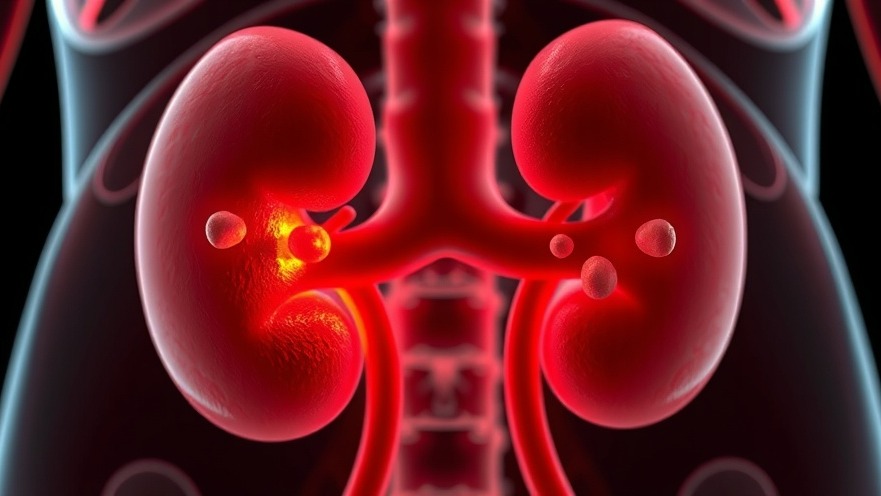
Revolutionizing Kidney Stone Treatment with New Ultrasound Technology
A pioneering team from Universitat Politècnica de València (UPV) and the Spanish National Research Council (CSIC) has developed a groundbreaking prototype device—Lithovortex—to non-invasively treat kidney stones using advanced ultrasound technology. This innovative approach signifies a leap forward in the management of renal lithiasis, promising to halve treatment times and enhance patient experiences by providing outpatient options.
The Mechanics Behind Lithovortex: A New Wave in Treatment
Lithovortex uses a novel type of acoustic wave known as vortex beams. According to researcher Noé Jiménez, this technology works similarly to creating a sound whirlpool, where the wave curls and focuses on the kidney stone. This mechanism generates shear forces on the stone with the intention of fragmenting it into finer particles—effectively turning the stone into sand, which can then be expelled through the urethra. Unlike traditional methods, the device minimizes discomfort and the risk of harming nearby tissue thanks to the efficiency of the vortex beam.
Advancements in Portable Medical Technology
Portability is a key feature of the Lithovortex device. The ability to conduct effective outpatient procedures without the need for heavy machinery presents a significant advantage in both cost and accessibility. Currently, treatments often rely on large, expensive equipment, which can limit their availability and increase patient wait times. With Lithovortex, health practitioners could simplify the process, making it easier for both patients and doctors.
Broader Applications and Future Potential
While Lithovortex primarily targets kidney stones, there’s potential for this technology to also address other calcareous conditions, such as aortic valve calcifications. As research continues, the implications could extend beyond urology, opening avenues in different fields of medicine. The adaptability of this ultrasound technology encourages anticipation for its diversification in clinical applications.
Clinical Insights: Current Trials and Research
Currently, the UPV-CSIC team has tested the Lithovortex device on artificial stones, paving the way for future clinical trials involving human subjects. This stage of development is crucial; it will determine both efficacy and safety in treating actual patients. As referenced in similar studies, ultrasound therapy is gaining traction as a viable non-invasive alternative to surgical interventions. The ongoing work could significantly change how practitioners approach the treatment of kidney stones and other related conditions.
Potential Risks and Challenges Ahead
Despite the promising results from preliminary studies, it’s important to recognize potential challenges. Regulatory approval is a necessary step before widespread adoption can occur. As noted in discussions around ultrasound technology, while benefits abound, the path to regulatory clearance is often fraught with hurdles concerning safety data and clinical efficacy. Existing ultrasound solutions have received various levels of approval—ranging from complete FDA clearance for some technologies to research limitations in others.
Conclusion: A Call to Embrace Emerging Technologies
The introduction of the Lithovortex device underscores a remarkable shift towards using technology to improve patient care in urology. As concierge health practitioners, staying informed about these advancements is imperative. This innovation not only has the potential to enhance treatment options but also speaks to a broader trend of leveraging emerging technologies to revolutionize healthcare delivery. Stay connected with recent developments and consider how such advancements might integrate into your practice for the benefit of your patients.
To stay at the forefront of medical innovation and ensure your practice leverages the best available solutions, keep an eye on the advancements in ultrasound technology for kidney stones and related conditions. Your proactive engagement with these trends can enhance patient experiences and outcomes!
 Add Row
Add Row  Add
Add 






Write A Comment